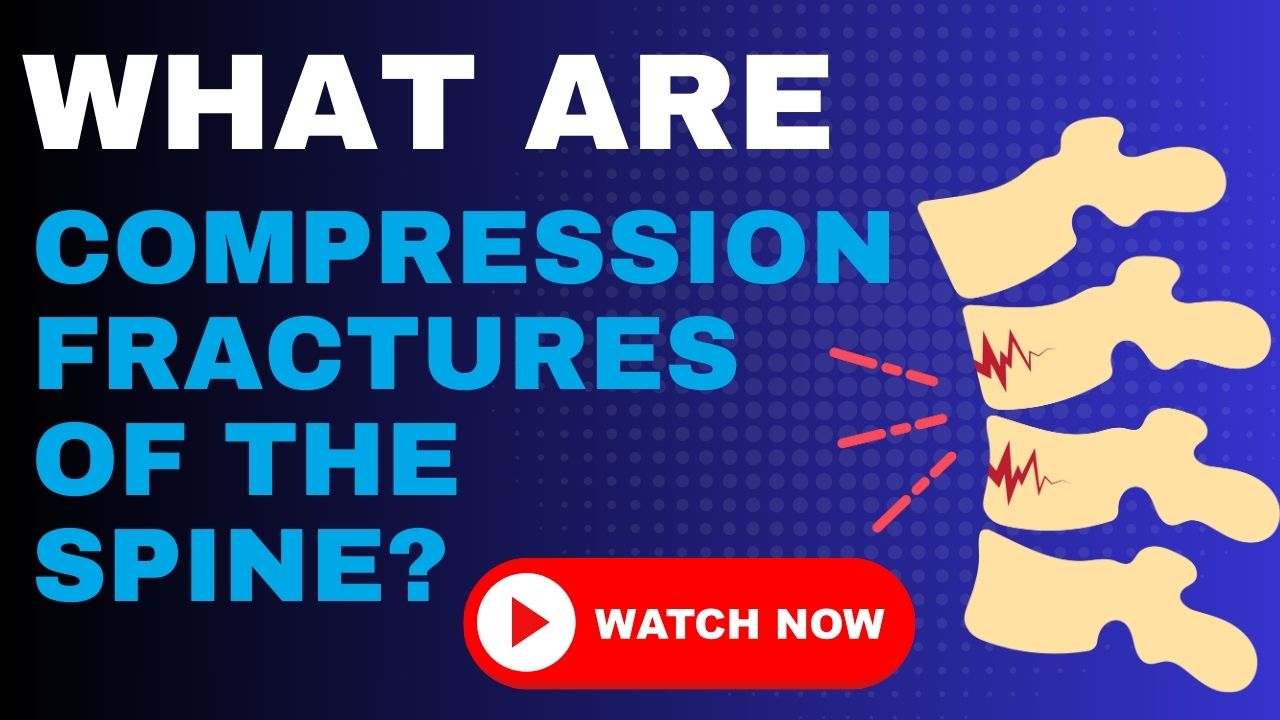
CONDITION OVERVIEW
Compression fractures are a type of vertebral fracture where the bone in the spine collapses or becomes compressed, often resulting in severe back pain and potential deformity. These fractures most commonly occur in the thoracic (mid-back) and lumbar (lower back) regions. While they can happen from trauma, they're frequently caused by osteoporosis, making bones weak and prone to breaking even from minor stress. At Spine and Nerve Center Riverview, we specialize in minimally-invasive procedures like kyphoplasty and vertebroplasty to stabilize these fractures and provide rapid pain relief.

ROOT CAUSES
Compression fractures occur when vertebral bones become too weak to support normal stress. Understanding the underlying cause is crucial for proper treatment and prevention of future fractures.
The most common cause, affecting millions worldwide. Bones become porous and brittle, making them susceptible to fractures from minimal trauma or even daily activities like bending or coughing.
High-impact accidents, falls from height, or sports injuries can cause compression fractures even in healthy bones, especially in younger individuals.
Primary bone cancers or metastatic disease from other organs can weaken vertebrae, making them prone to pathological fractures.
Prolonged use of corticosteroids for conditions like asthma or arthritis can lead to secondary osteoporosis and increased fracture risk.

RECOGNIZING THE SIGNS
Compression fractures can develop suddenly or gradually. Recognizing these symptoms early is crucial for prompt treatment and preventing complications.
Acute onset of intense pain in the mid or lower back, often described as a "crushing" sensation that worsens with standing or walking.
Progressive loss of height as vertebrae compress, sometimes losing several inches over time with multiple fractures.
Forward curvature of the upper spine creating a hunched appearance, often developing after multiple compression fractures.
Difficulty bending, twisting, or performing daily activities due to pain and structural changes in the spine.
Reduced lung capacity due to spinal deformity, leading to shortness of breath, especially with multiple thoracic fractures.
Protruding abdomen and digestive issues due to compressed abdominal cavity from spinal height loss.
Don't let compression fractures limit your mobility and quality of life. Our minimally-invasive procedures like kyphoplasty can provide immediate pain relief and stabilize the fracture, often allowing you to return to normal activities within days. Schedule your consultation today.